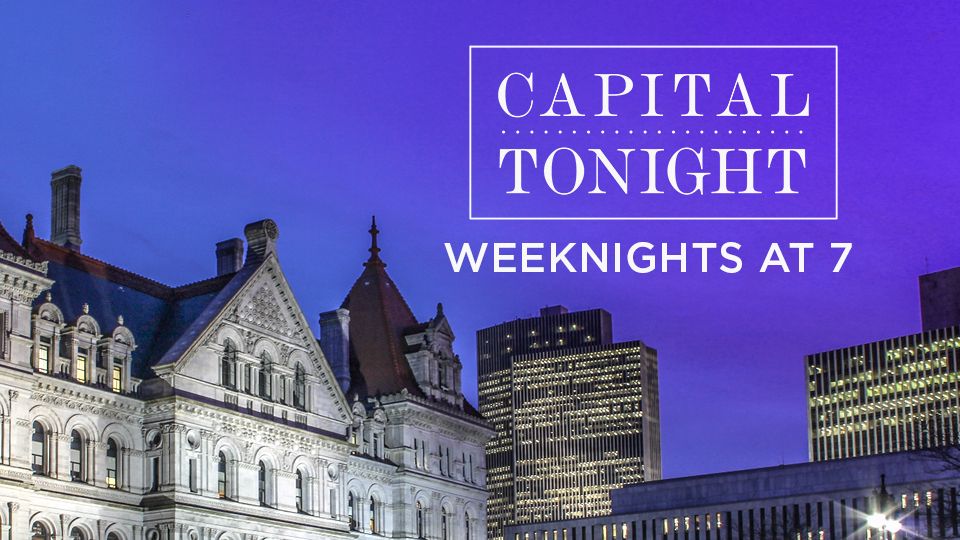This week, business groups around the state are gearing up for a campaign that highlights the unintended costs of the state’s new climate law.
In response, New York Department of Environmental Commissioner Basil Seggos told Capital Tonight that the costs of inaction are much higher.
“Listen, we know from two years of very intensive research that the cost of inaction on climate in New York far exceeds the cost of action by the tune of over $100 billion,” Seggos told Capital Tonight.
In a press release this week, Heather Mulligan, president and CEO of the Business Council of New York State stated in part, “New York is at a crossroads. We are a worldwide leader in environmental initiatives and green energy policies, and we must and will continue to be the leader. But, we must also look at the policies and determine what is feasible, what is affordable, and what is best for the future of the State.”

New York passed the Climate Leadership and Community Protection Act (CLCPA) in 2019. Since then, the Climate Action Council (CAC), which was co-headed by Seggos, issued a Scoping Plan for how to achieve the state’s climate goals. The plan included an estimate showing that the cost of inaction in New York state exceeded the cost of taking action on climate change by more than $115 billion.
“Flooding in West Point, restoration of Manhattan after Super Storm Sandy. The thousands of people every year that get asthma and miss work because of localized pollution – all of that goes into a larger accounting scheme that proves that there’s a real cost of inaction. So we have to look at the long term here,” Seggos said. “That doesn’t mean the short term is easy.”
The costs of implementing New York’s Climate Scoping Plan will be enormous and the state is still figuring out how to pay for it. One tranche of money that will help is the $4.2 billion “Clean Air, Clean Water, Green Jobs Environmental Bond” that voters approved in November 2022.
“When you think about the Bond Act, you think about adaptation and resiliency, and that’s a huge part of it,” Seggos said. “But there’s also a part when we’re using it to mitigate emissions. Actually, dropping emissions. Turning diesel buses into electric buses; making our schools cleaner and greener and more efficient.”
The public has until Sept. 30 to make recommendations and comments on the Bond act at www.NY.Gov/bondact .



